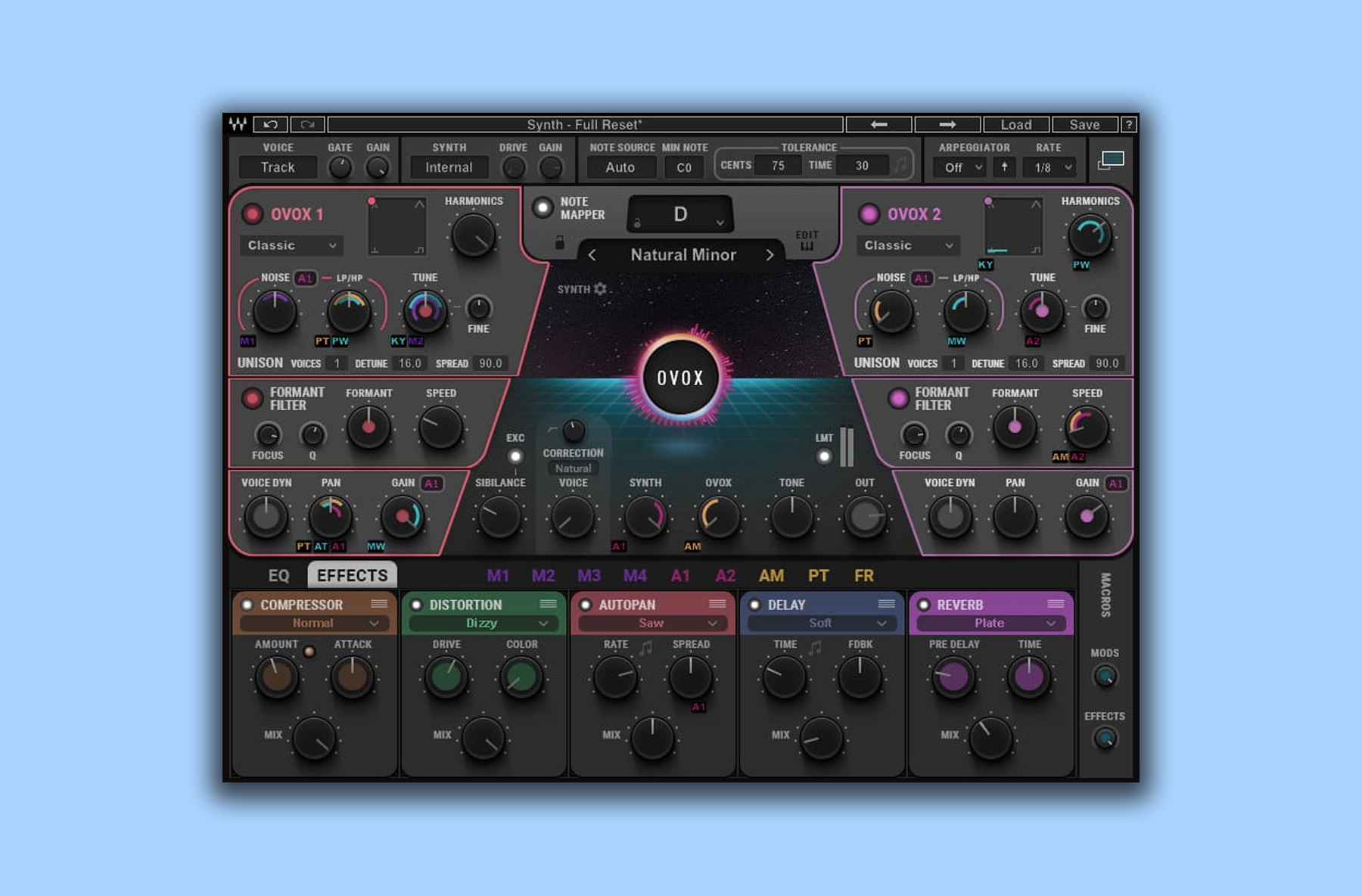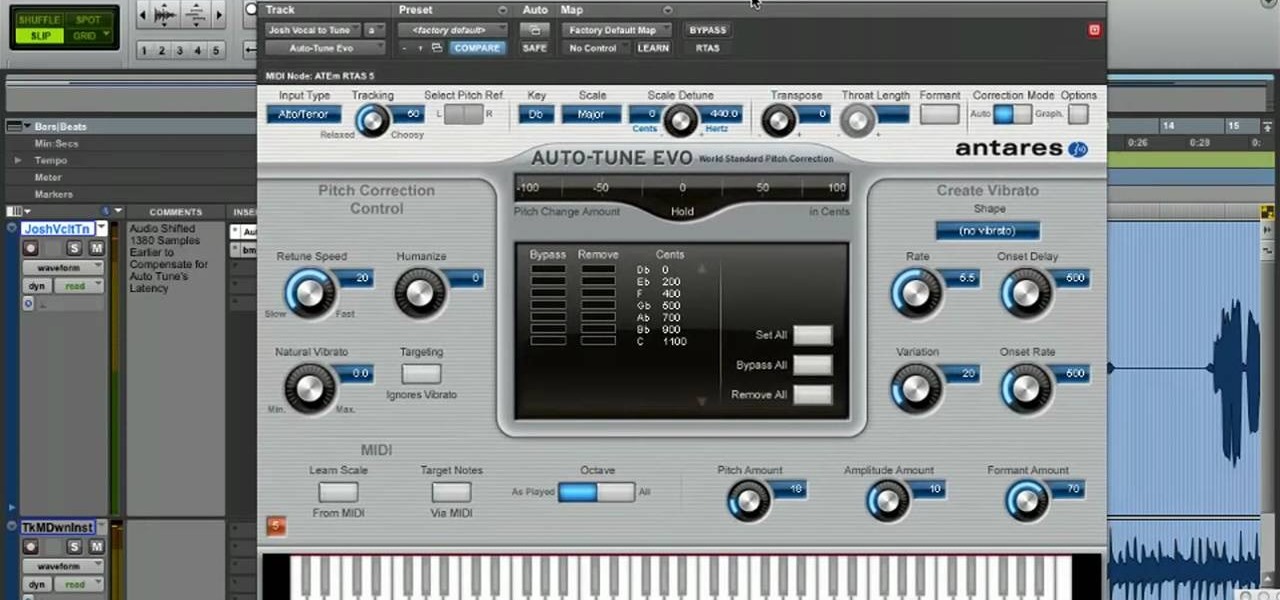

It is required but should be set only as high as needed to avoid overshoots. The D (derivative) gain is used for rate damping. In Acro mode the vehicle will drift, and you will constantly need to correct to keep it level.the vehicle will react slowly to input changes.If the P gain is too high: you will see high-frequency oscillations.

It is responsible for a quick response and thus should be set as high as possible, but without introducing oscillations.

The proportional gain is used to minimize the tracking error (below we use P to refer to both P or K). You can fine-tune them by looking at roll and pitch response separately (if your vehicle is symmetric, this is not needed).įor yaw it is very similar, except that D can be left at 0. Initially you can use the same values for roll and pitch, and once you have good values, You iteratively tune the P and D gains for roll and pitch, and then the I gain.
Itracking auutotune manual#
The actual tuning is roughly the same in Manual mode or Acro mode:
If the reaction to RC movement is minimal, increase the P gains. If there are strong oscillations when first trying to takeoff (to the point where it does not fly), decrease all P and D gains until it takes off. Manual/Stabilized mode is simpler to fly, but it is also more difficult to see if the attitude or the rate controller needs more tuning. MC_ACRO_EXPO = 0, MC_ACRO_EXPO_Y = 0, MC_ACRO_SUPEXPO = 0,. If you choose this mode, disable all stick expo: Acro mode is preferred, but is harder to fly. The rate controller can be tuned in Acro mode or Manual/Stabilized mode: Yaw rate control ( MC_YAWRATE_P, MC_YAWRATE_I, MC_YAWRATE_D, MC_YAWRATE_K). Pitch rate control ( MC_PITCHRATE_P, MC_PITCHRATE_I, MC_PITCHRATE_D, MC_PITCHRATE_K). Roll rate control ( MC_ROLLRATE_P, MC_ROLLRATE_I, MC_ROLLRATE_D, MC_ROLLRATE_K). The related parameters for the tuning of the PID rate controllers are: This means that a new platform can easily be tuned by taking the gains of a drone with similar size/inertia and simply adjust the K gain to have it flying properly. This form is mathematically equivalent to the parallel form, but the main advantage is that (even if it seems counter intuitive) it decouples the proportional gain tuning from the integral and derivative gains. In this case the output of the controller is simply the sum of the proportional, integral and derivative actions. The parallel form is the simplest form, and is (hence) commonly used in textbooks. PID controller > Standard versus parallel (ideal) PID form (opens new window) (Wikipedia). Not all PID controllers are the same (opens new window) (. Bootloader Flashing onto Betaflight Systems. MC Setpoint Tuning (Trajectory Generator).







 0 kommentar(er)
0 kommentar(er)
